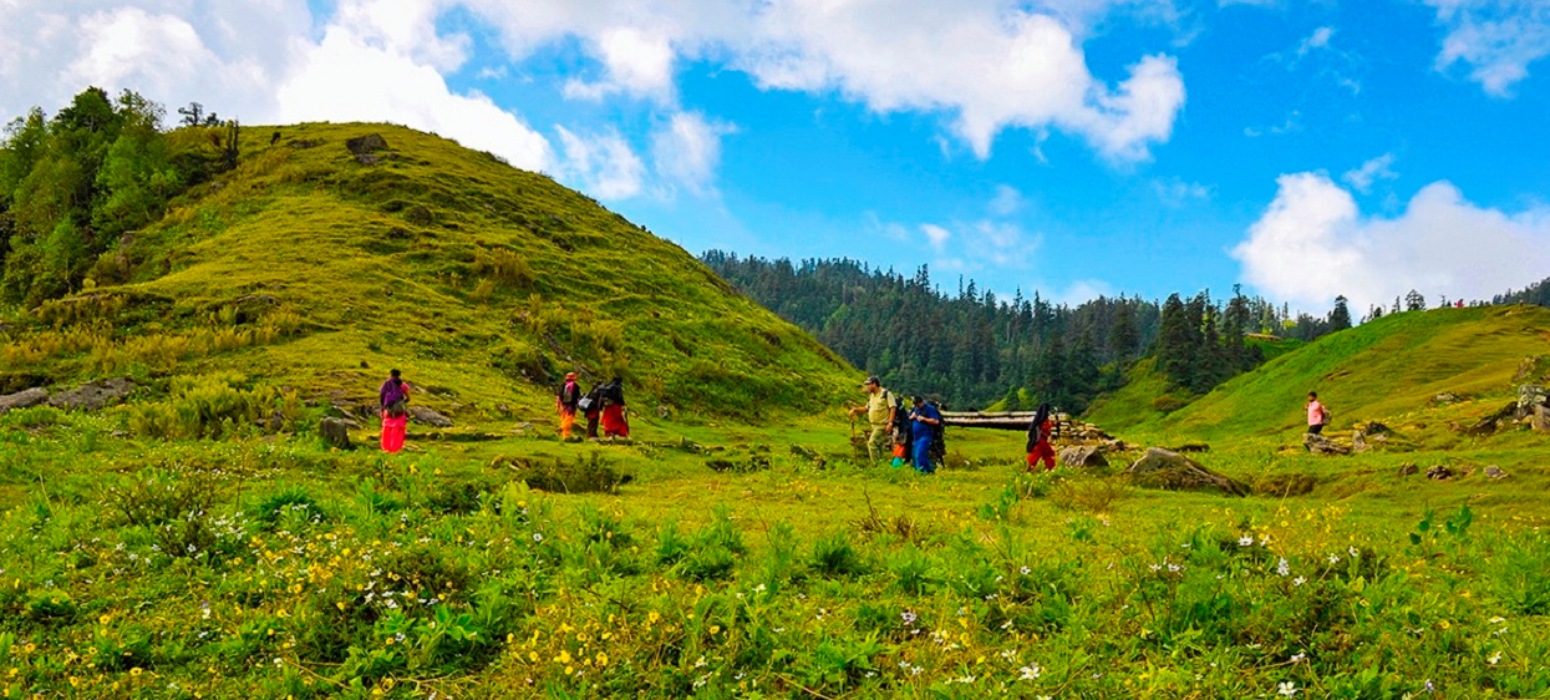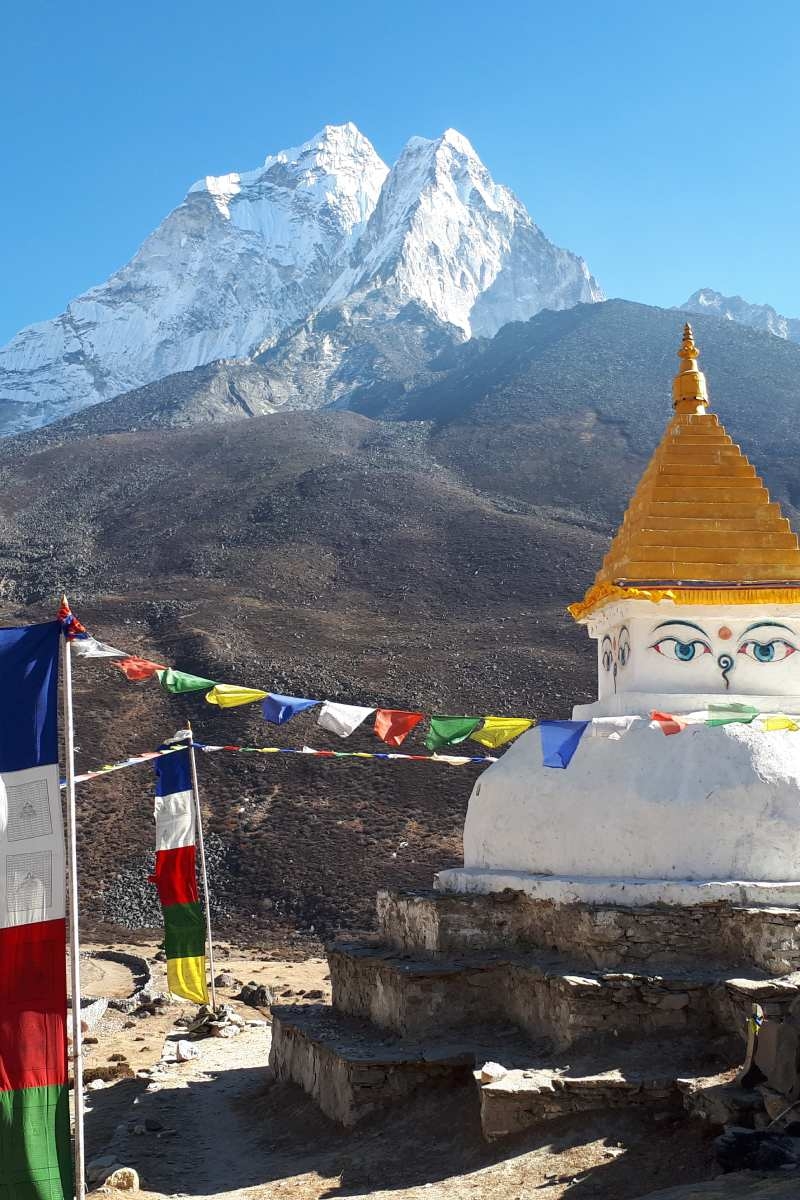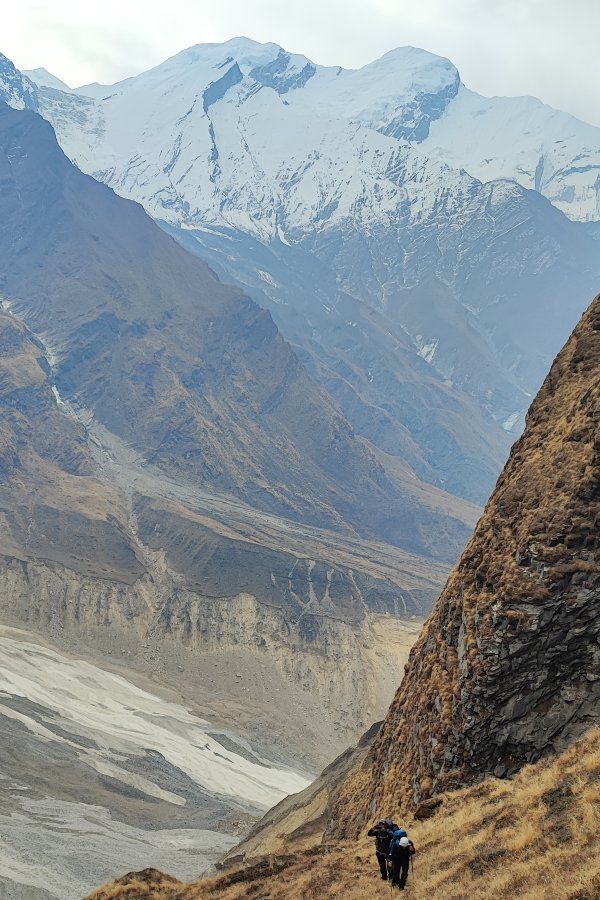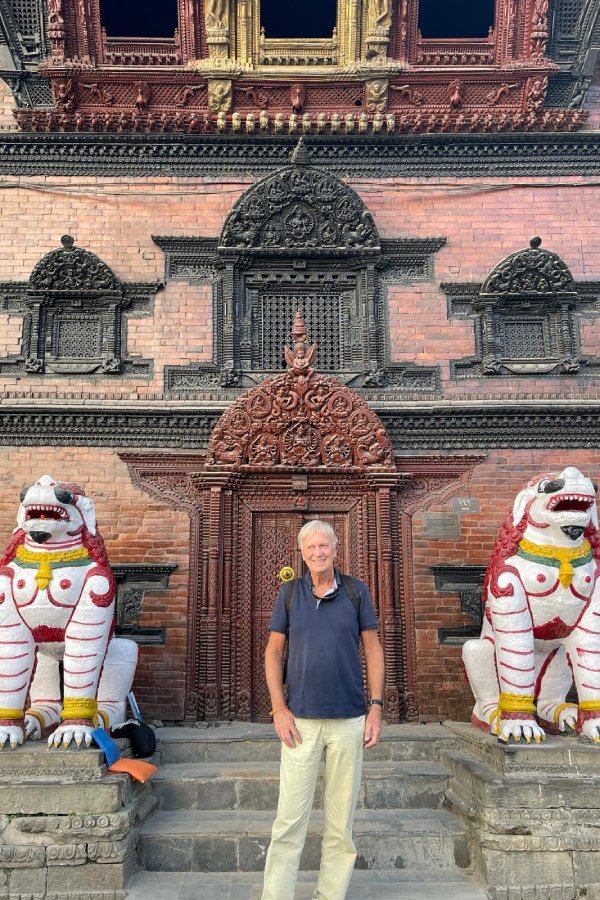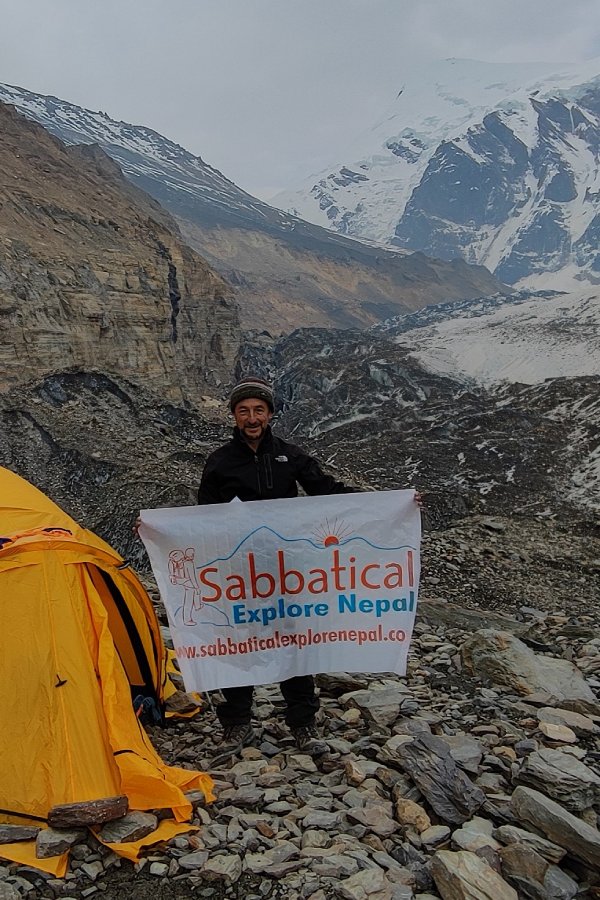Highlight
- Above all, do the trek and automatically contribute something to the communities of Far western Nepal.
- Visit the popular destinations in Khaptad like Khaptad Baba Ashram, Triveni Temple, Nagdhunga, Khaptad Lake, and more.
- Come across the numerous flora and fauna of the park.
- Look at the striking views of mountains like Api and Saipal from a distance.
- Walk over the meadows full of green grass and blossoming flowers.
- Reach the heart of the Khaptad National Park.
- Enter the forested trail of sub-alpine forests that is full of greenery.
- Know what kind of lifestyle and culture the locals live.
- Join a scenic bus ride to Doti through the green hills of Chure Area.
- Fly to the less explored Far Western Region of Nepal.
Overview
Khaptad National Park is a protected site touching the Doti, Bajhang, Achham, and Bajura districts in the Farwest region of Nepal. The park established in 1984 is full of vegetation, wildlife, and landscapes that are yet to be explored by many. Thus, we are glad you are interested in the Khaptad National Park Trek, a remote trek in the Far West Region of Nepal.
Over 567 flora species flourish in the region, making it one of the lushest national parks in Nepal. Likewise, it is a shelter for 27 mammals and 287 bird species. Above anything, the park has the most picturesque hilly meadows, not one or two but enough of them. So there is no dilemma that it is ideal for nature enthusiasts, especially landscape shutterbugs.
Khaptad Trekking or Khaptad National Park Trek is a 12-day itinerary to explore the Farwest Region, the hidden place of opportunities. Firstly, you will fly to the far west of Nepal. Then you will travel via a highway into the rural side of the region where the Khaptad Area lies. You will know the local people’s lifestyle and culture in between and throughout the journey.
Afterward, entering the park, you will trek through lush nature, greenery, vast meadows, and streams. What a trek it will be. Reaching the park, you will traverse significant religious and spiritual places like Tribeni Dham, Sahastra Linga, Khaptad Lake, Khaptad Baba Ashram, and more. Also, you can do jungle walks, mountain sightings, bird watching, horse riding, and landscape photography.
If spirituality is something of interest, this Khaptad National Park Trek is a must for you because the park’s serenity has been a place to find spiritual longings since a long time ago.
Swami Sachchidanada, originally from India, popularly known as Khaptad Baba, in the 1940s, lived in the very place for 50 years in the park and found his answers to his questions. The place where he meditated and lived over the years is “Khaptad Baba Ashram.” You will run into this particular place and many other similar sites on this trek.
So why don’t you book the Khaptad Trekking with us before it gets spoiled?
Outline Itinerary
Day 1: Arrival in Kathmandu
Day 2: Kathmandu Valley Sightseeing
Day 3: Fly to Dhangadhi and Visit a Tharu Village
Day 4: Drive from Dhangadhi to Jhingrana(2,300m) | 7-8hrs
Day 5: Trek from Jhingrana to Bichpani(2,905m) | 5-6hrs
Day 6: Trek from Bichpani Camp to Khaptad National Park(3,020m) | 3hrs
Day 7: Explore Khaptad
Day 8: Explore Khaptad
Day 9: Trek back to Jhingrana | 7hrs
Day 10: Drive to Dhangadi| 7-8hrs
Day 11: Fly back to Kathmandu | 1hr
Day 12: Departure

